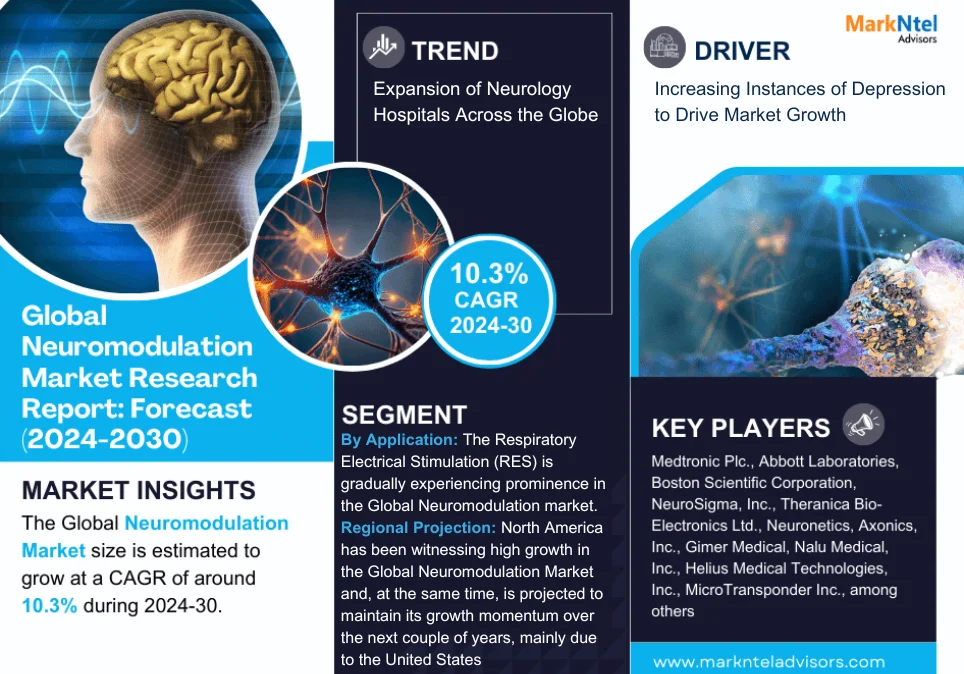Latest Research on Carsickness: Causes, Innovations, and Solutions
June 13, 2024 | by ahtashamalic1

Understanding Carsickness
Carsickness, a common form of motion sickness, affects a significant portion of the population. It occurs when there is a disconnect between the visual and vestibular (balance) systems. The eyes perceive motion differently from what the inner ear senses, leading to symptoms such as nausea, dizziness, sweating, and fatigue.
Recent Discoveries in the Field
- Neurological Basis: Recent studies have delved into the neurological underpinnings of carsickness. Researchers have identified that the brain’s insular cortex, which integrates sensory information, plays a crucial role. Discrepancies between the expected and actual sensory inputs are processed here, leading to the onset of symptoms.
- Genetic Factors: Advances in Carsicko genomics have revealed that susceptibility to carsickness may be partially inherited. Genome-wide association studies (GWAS) have identified specific genetic markers linked to a higher likelihood of experiencing motion sickness. This insight opens doors to personalized treatments in the future.
Innovations in Mitigating Carsickness
- Autonomous Vehicles: The rise of autonomous vehicles has prompted significant research into minimizing carsickness. Engineers are exploring ways to design smoother ride experiences by optimizing vehicle motion and enhancing suspension systems. Additionally, features like adjustable seating positions and improved cabin layouts are being tested to reduce sensory conflicts.
- Virtual and Augmented Reality: Virtual and augmented reality technologies are being harnessed to tackle carsickness. By creating immersive environments that align visual and vestibular cues, these technologies can train individuals to better Carsicko Tracksuit adapt to motion. Some applications include VR-based desensitization programs and AR displays that provide real-time horizon references.
- Pharmacological Interventions: New pharmacological treatments are also on the horizon. Researchers are investigating drugs that specifically target the neurological pathways involved in motion sickness. For instance, antihistamines and anticholinergics are being refined to minimize side effects while enhancing efficacy.
Practical Solutions and Tips
- Positioning and Focus: Sitting in the front seat or facing forward in the vehicle can help align visual and vestibular cues. Focusing on distant objects or the horizon can also reduce symptoms.
- Controlled Breathing and Relaxation: Practicing deep breathing and relaxation techniques can mitigate anxiety, which often exacerbates carsickness. Mindfulness and meditation apps designed for travel can be useful tools.
- Diet and Hydration: Staying hydrated and avoiding heavy meals before and during travel can lessen the severity of symptoms. Light, bland snacks are generally better tolerated.
Future Directions
The field of carsicko Beanie research is evolving rapidly, with interdisciplinary approaches combining neuroscience, engineering, and pharmacology. Future advancements are likely to bring more personalized and effective solutions, improving the comfort and well-being of travelers worldwide.
Conclusion
Carsickness, while common, can significantly impact the travel experience. Understanding its causes and exploring innovative solutions is crucial for mitigating its effects. With ongoing research and technological advancements, the future looks promising for those who suffer from this condition.
RELATED POSTS
View all


